T4K3.news
Crew-10 returns to Earth after five months in space
Endurance to splash down in the Pacific near California at 11:33 a.m. EDT; coverage begins at 10:15 a.m. EDT.
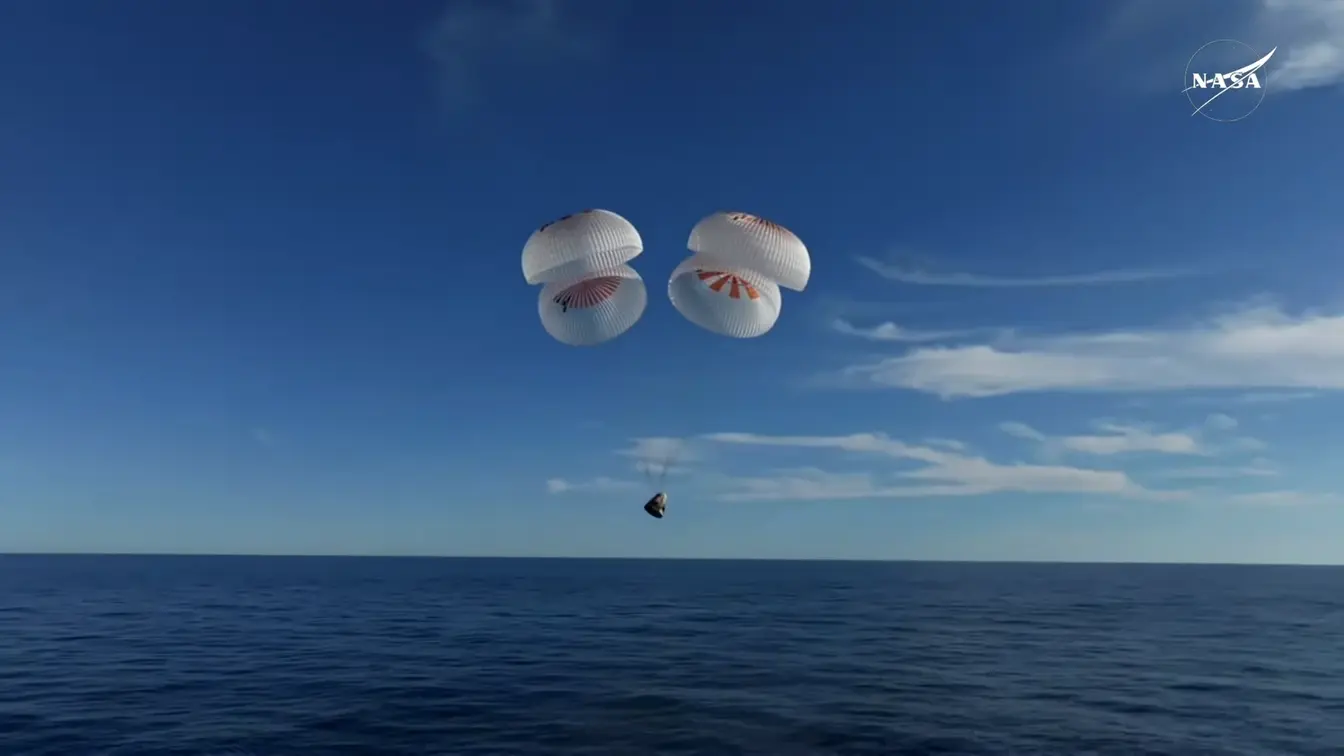
SpaceX's Crew-10 returns to Earth after a roughly five month stay on the International Space Station with a Pacific splashdown.
Crew-10 Returns to Earth After Five Months Aboard ISS
NASA and SpaceX are bringing home four astronauts from Crew-10. The Endurance capsule is scheduled to splash down in the Pacific Ocean off the California coast at 11:33 a.m. EDT. The crew launched on March 14 aboard a Falcon 9 and arrived at the ISS two days later, where they conducted science work during their stay. The mission is part of NASA's Commercial Crew Program, marking the 10th operational crewed flight to and from the ISS.
The crew members are Anne McClain and Nichole Ayers of NASA, Takuya Onishi of JAXA, and Kirill Peskov of Roscosmos. Their work included studying space-caused mental and physical changes, brain-to-heart blood flow, and planning for future lunar navigation. The hatches to the ISS closed on August 8, the capsule undocked later that day, and Endurance began its return in preparation for splashdown.
Key Takeaways
"We got to accomplish a lot of really amazing operational things,"
Ayers reflecting on Crew-10's mission milestones
"We got to see some amazing views, and we have had some really big belly laughs and a wonderful time together"
Ayers describing crew camaraderie and experiences in space
"I think that [we're] leaving with a heart full of gratitude, and [we're] excited to see where the International Space Station goes after we get home"
Ayers expressing gratitude and outlook after return
The Pacific splashdown represents a milestone for SpaceX and NASA as they expand West Coast reentries for crewed flights, a move intended to mitigate debris risk to coastal communities. It also illustrates how private companies are now central players in NASA’s long-term plan for human spaceflight, while still relying on international partners for ISS operations. The mission underscores a blend of routine and risk in space exploration: routine in the cadence of launches and returns, and risk in the variables of reentry and debris management.
International cooperation remains a backbone of ISS work, with crew members from NASA, JAXA, and Roscosmos aboard Crew-10. As NASA leans on commercial partners to maintain presence in low Earth orbit, questions will grow about cost, safety oversight, and the pace of future crewed missions to the Moon and beyond.
Highlights
- The view from space never gets old
- Science travels home with data that shapes tomorrow
- Public private teamwork keeps exploration moving
- Farewells in orbit end with new beginnings on Earth
Exploration continues to hinge on teamwork across agencies and companies.
Enjoyed this? Let your friends know!
Related News
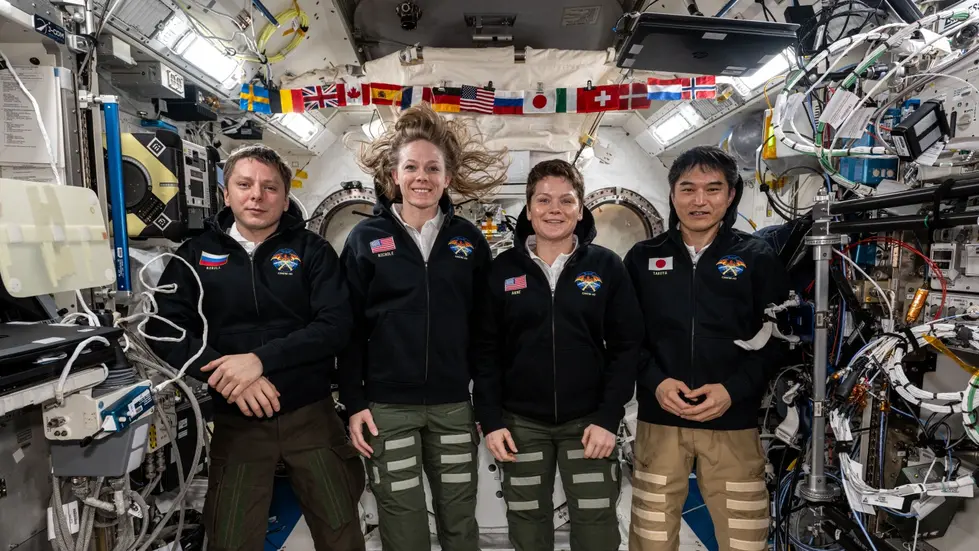
Crew-10 returns from ISS after five months
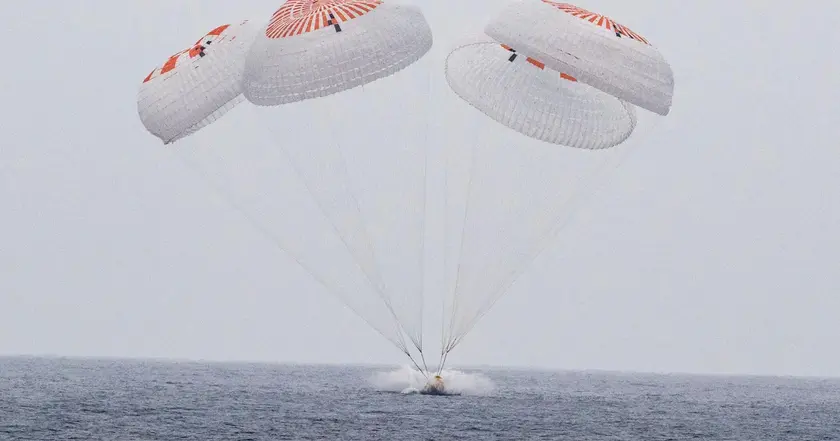
Crew 10 Lands After 148-Day Space Station Mission
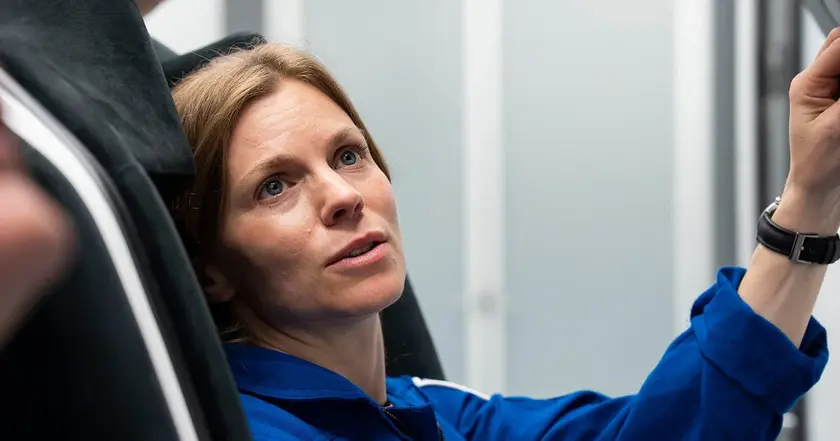
NASA set to launch Crew Dragon mission
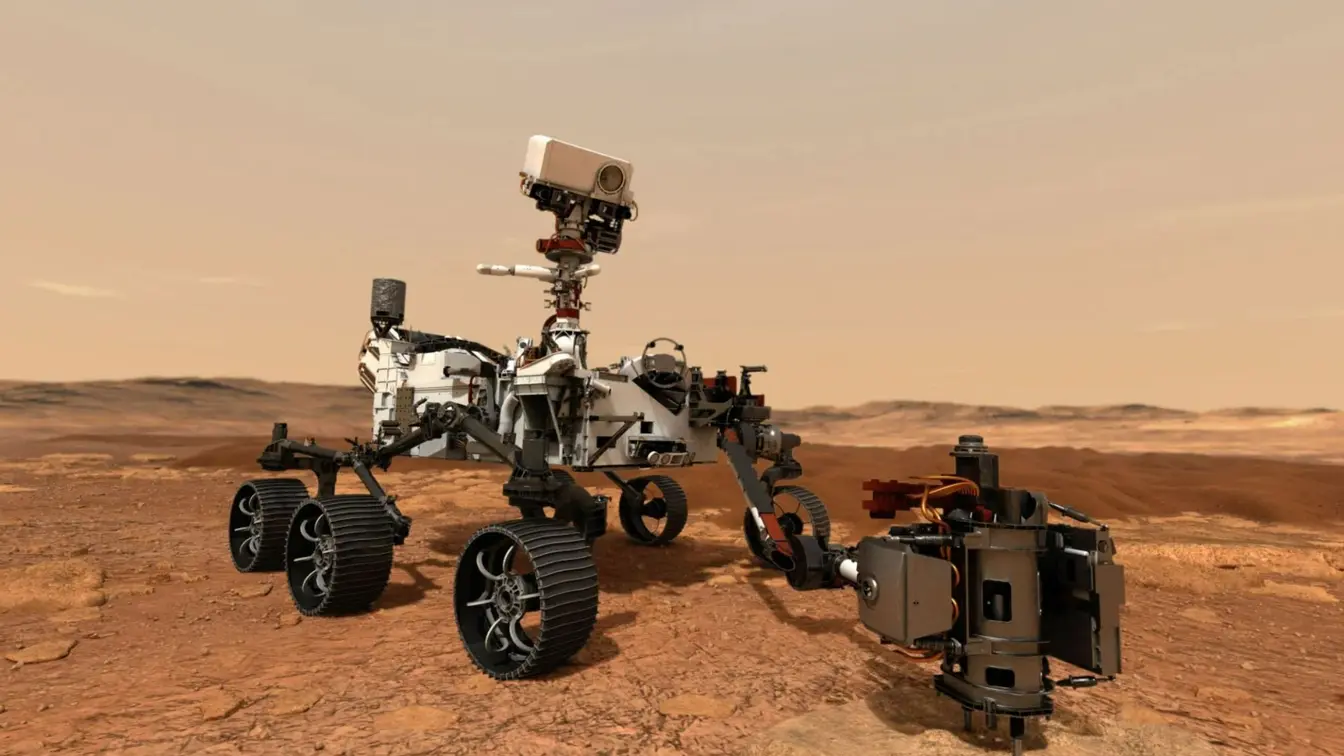
NASA scientist fears Mars contamination risks
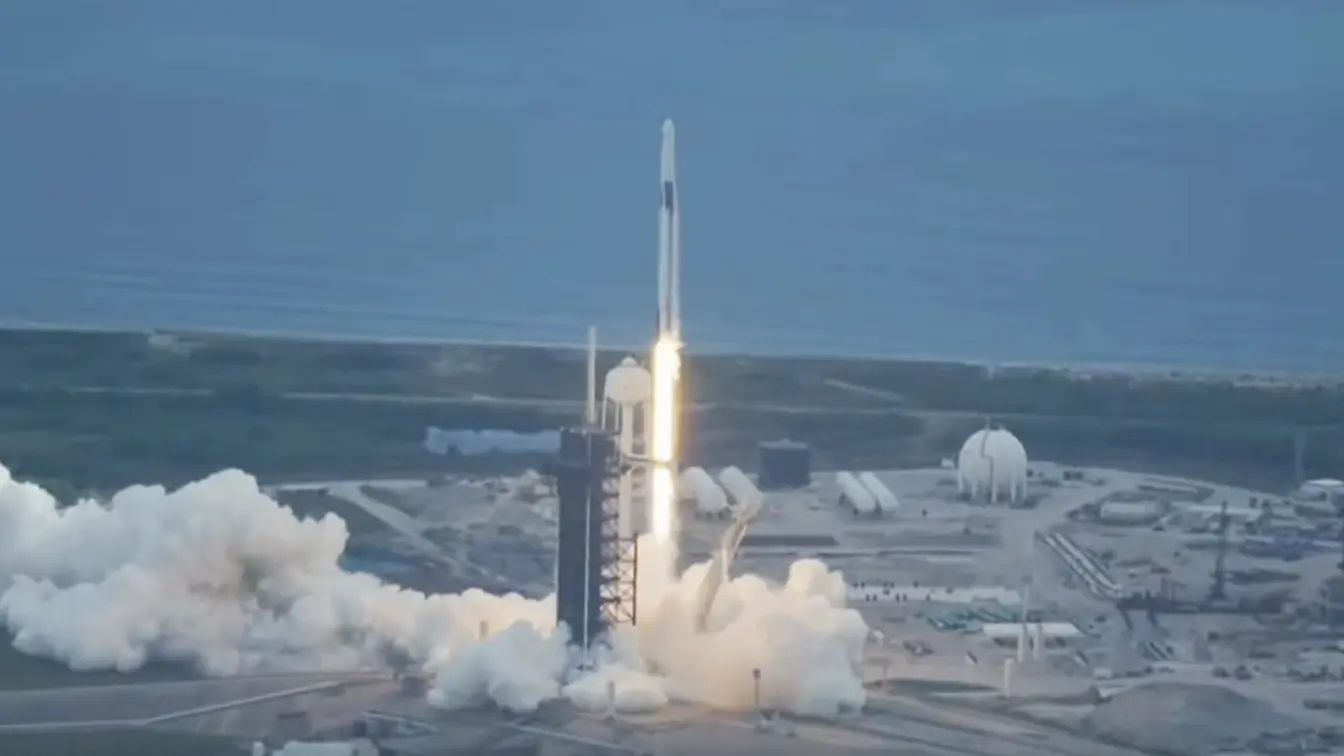
SpaceX launches Crew-11 astronauts to ISS
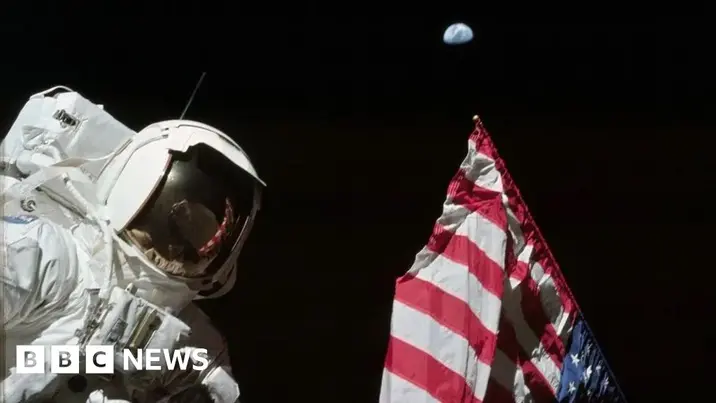
Apollo Moon veterans remain as Artemis advances

Boeing's Starliner Delayed Until 2026
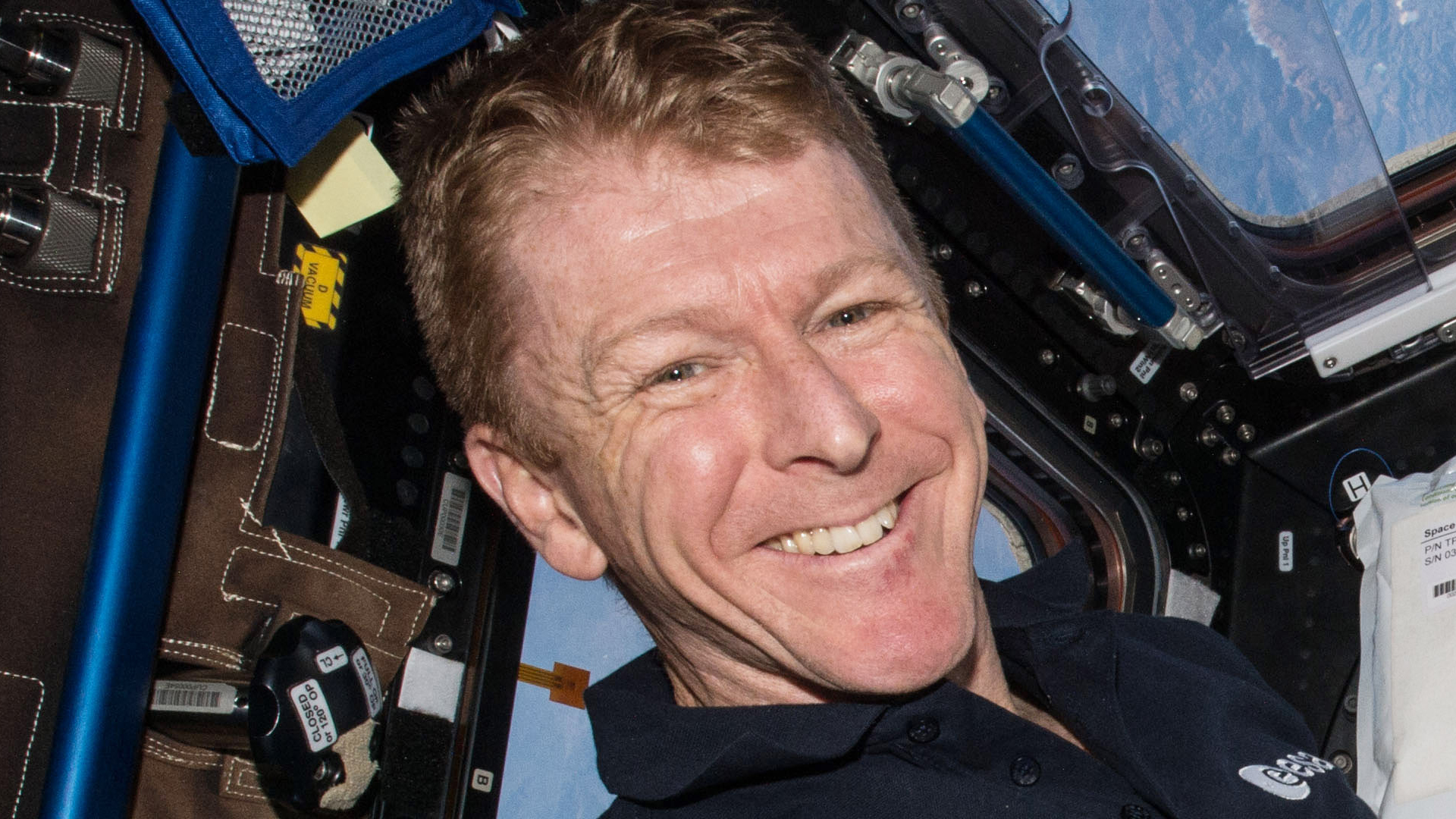
Tim Peake outlines future of space travel
